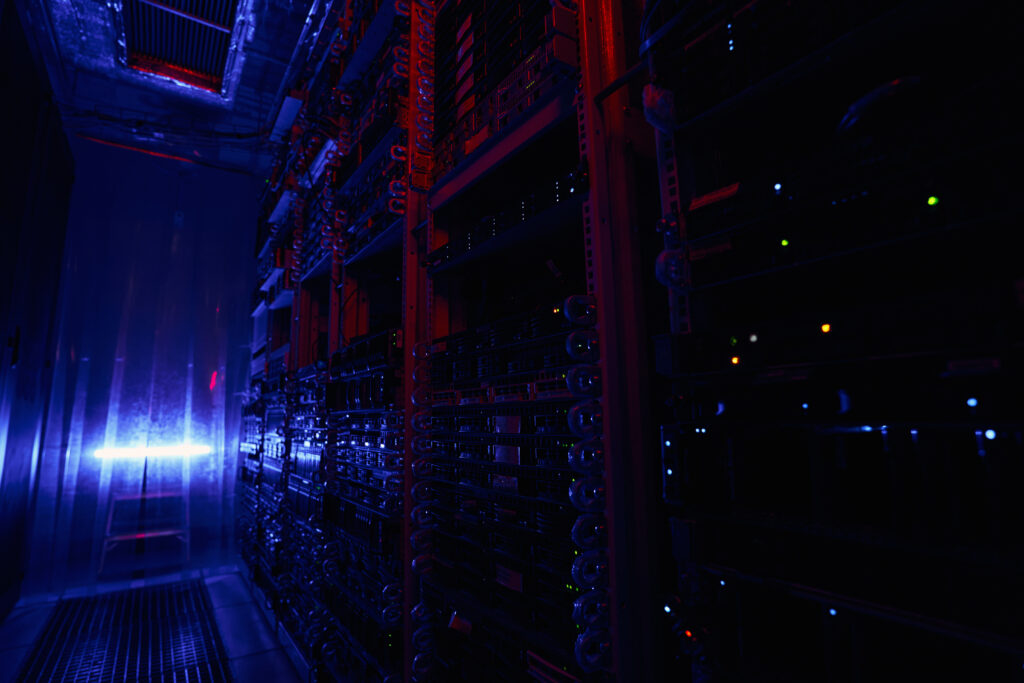Is my EHS data safe in the cloud?
When it comes to EHS software, there’s an ongoing transition that began years ago. Companies are moving away from on-premises systems to cloud-based solutions. That’s because EHS professionals recognize the fact that cloud-based software enhances safety, productivity, and compliance.
And while EHS professionals understand the benefits of moving to the cloud, many of them have the same major question: Is my EHS data safe in the cloud?
The answer is yes! In fact, cloud-based solutions can provide better data security than on-premises systems.
Let’s take a closer look at each of these options.
On-premises EHS data systems
Companies who haven’t yet made the transition to cloud-based solutions might be hesitant to make the change. Often, it’s because they’re more comfortable sticking to something that they already know and trust.
But the truth is, the risks associated with familiar on-premises data systems are taken for granted.
Files on a network can be easily lost or destroyed. Even if you have your data backed up onto an external hard drive, there is still potential for loss. Natural events such as storms, fires, and other disasters can leave you without years’ worth of important EHS data.
The weakest point in any IT security system is always going to be the people. Unfortunately, hackers are always improving their game. Phishing attacks can make it look like a familiar internal contact is requesting files or information emailed to them.
Employees should be trained to recognize these types of attacks. But it still happens. And it leaves everyone in a vulnerable position when it does. Additionally, EHS documents can easily be taken from an on-premises system. The data can be transferred to a flash drive and carried out the door.
Locally installed systems are often outdated. On-premises systems often need to be manually updated or replaced. This can take time and may require multiple resources such as someone from your IT department.
There’s also the concern of locally stored data systems not keeping up with modern advancements in IT security. The amount of time, energy, and money that it takes to bring these systems up to date is often prohibitive.
In some cases, outdated systems can even create compatibility issues, leaving your EHS data and files disconnected from your other, more modern IT systems.
Frontline EHS incident management software
Use our software system to document all near misses, injuries, and other incidents.
Benefits of cloud-based solutions
With cloud-based EHS software, all of your data is stored remotely by the service provider.
One of the added benefits of using the cloud is that all your data can be kept and maintained in one place. No more having to rifle through stacks of paperwork or waste time finding the right spreadsheet. You can access your EHS data from a computer, tablet, or smartphone.
Security for cloud-based software is now considered much stricter than on-premises systems. Here are some of the primary reasons why data centers can keep your organization’s information safe:
Customizable access protections
You can limit access to only those whose IP addresses are coming from your worksite. This serves as an additional barrier to unauthorized personnel attempting to access your EHS data. You can also require two-factor authentication.
This added layer of protection not only requires users to login with a username and password, but must also provide a code sent to them, most commonly via email or text message. Each added layer of security contributes some friction to the overall system, so we work with our clients to determine which protection features will work best for them.
Certified EHS data integrity
Wherever you store your data, whether it’s on-premises or in a third-party data center, you need to have confidence that the facility meets the highest security standards. Frontline’s data centers are SSAE 16 certified. This means that we have policies and infrastructure in place to protect clients’ data. SSAE 16 certification evaluates data centers on the following criteria:
- Security of the service provider’s system
- Processing integrity of this system
- Availability of this system
- Privacy of personal information that the service provider collects, retains, uses, discloses, and disposes of
- Confidentiality of the information that the service provider’s system processes or maintains

On-premises physical security
Professional data centers need to maintain an extremely high level of on-premises physical security. An article from The Data Center Journal lists these common features of well-run data centers should follow:
- Low-key appearance
- Limited entry points
- Anti-passback and mantraps
- Layered door controls
- Parking lot entry control
In addition to the features listed above, Frontline’s data centers have 24/7 onsite security staffing, CCTV surveillance, and biometric access controls, as well as standard safeguards like backup power and cooling for all equipment.
Redundant backup systems
You should expect any hosting provider to back up your data on a predetermined schedule, such as daily or weekly. Continuous mirroring, and daily data backups are two additional benefits of having a digital EHS data storage solution.
The next step
The thought of moving any of your organization’s sensitive, mission-critical information to the cloud can be anxiety-inducing. Existing systems, which have in some cases been in place for decades, feel familiar and safe.
The reality is that malicious actors improve their techniques every year, especially when targeting outdated technology, and so any effective IT system has to evolve to keep up.
Other posts you might like…
No posts
